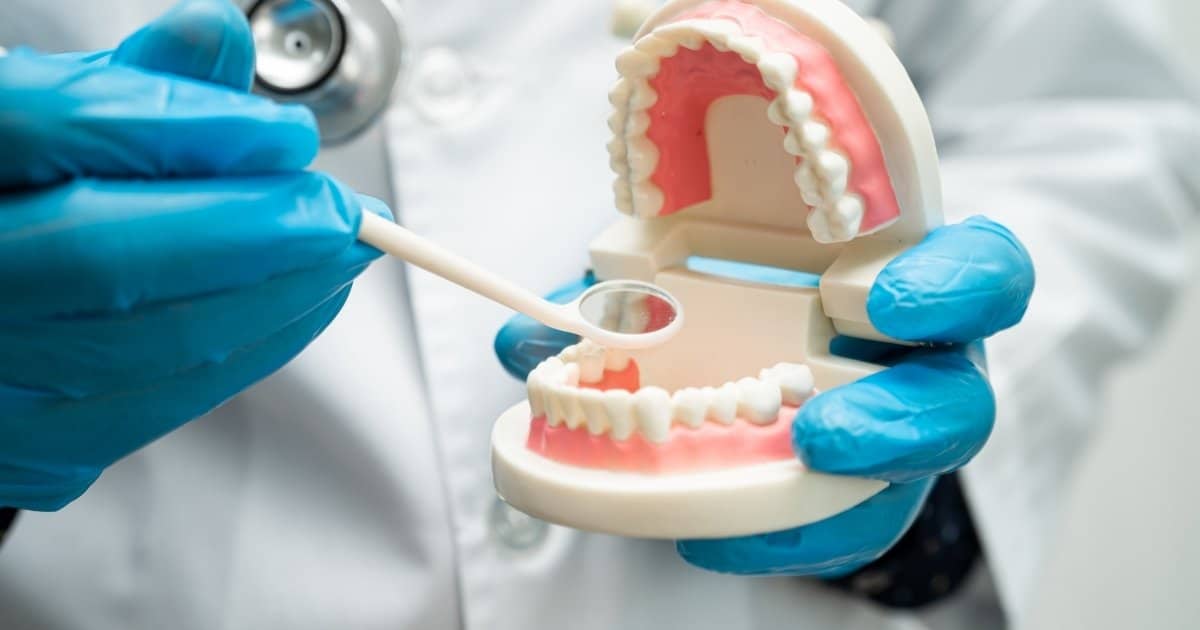Dental emergencies can cause sudden, intense pain, making it hard to focus on anything else. Knowing how to manage discomfort until you see a dentist can provide much-needed relief. Simple home remedies and over-the-counter solutions can help control pain temporarily. Rinsing with salt water, applying a cold compress, or taking pain relievers can ease discomfort. Clove oil and hydrogen peroxide rinses may also help reduce swelling and fight bacteria. While these methods can offer temporary relief, they are not a substitute for professional care. Seeking prompt dental treatment is essential to prevent further complications and restore your oral health.
Effective Pain Relief Methods for Dental Emergencies
When a dental emergency strikes, knowing how to manage pain effectively can make a big difference. While these methods offer temporary relief, they are not substitutes for professional dental care. Here are some of the best ways to ease discomfort until you receive treatment.
1. Saltwater Rinse
A saltwater rinse is one of the simplest and most effective ways to relieve pain. Salt has natural antibacterial properties, helping to reduce bacteria and prevent infection. It also soothes inflammation and cleans the affected area.
How to Use?
- Mix a teaspoon of salt in a cup of warm water.
- Swish it around your mouth for about 30 seconds.
- Spit it out and repeat as needed.
This method is particularly helpful for gum infections, abscesses, and minor cuts in the mouth.
2. Cold Compress
Applying a cold compress can numb the area and reduce swelling. Cold therapy constricts blood vessels, slowing down inflammation and easing pain.
How to Use?
- Wrap an ice pack or a bag of frozen vegetables in a thin cloth.
- Hold it against the affected area on the outside of your cheek for 15–20 minutes.
- Repeat every few hours as needed.
This method is useful for pain caused by trauma, broken teeth, or swelling from infections.
3. Over-the-Counter Pain Relievers
Non-prescription pain relievers like ibuprofen and acetaminophen can help reduce pain and inflammation. These medications are effective for various dental issues, including toothaches, swelling, and infections.
Important Notes:
- Always follow dosage instructions.
- Avoid aspirin if there is bleeding, as it can thin the blood.
- If pain persists, seek an emergency dentist in South Side.
4. Clove Oil
Clove oil is a natural remedy known for its numbing and antibacterial properties. It contains eugenol, a compound that helps reduce pain and inflammation.
How to Use?
- Soak a cotton ball in a few drops of clove oil.
- Apply it directly to the affected tooth or gum area.
- Repeat as needed for relief.
This method works well for toothaches and minor gum pain.
5. Hydrogen Peroxide Rinse
A hydrogen peroxide rinse can help kill bacteria and reduce infection-related pain. It is particularly useful for gum infections and abscesses.
How to Use?
- Mix equal parts hydrogen peroxide (3%) and water.
- Swish in your mouth for about 30 seconds.
- Spit it out and rinse your mouth with plain water.
Do not swallow hydrogen peroxide, as it can be harmful if ingested.
6. Garlic Paste
Garlic has natural antibacterial and pain-relieving properties. It can help fight infection and provide relief from toothaches.
How to Use?
- Crush a garlic clove to form a paste.
- Apply it directly to the affected tooth.
- Let it sit for a few minutes before rinsing with warm water.
This method can be repeated as needed, but the strong taste may not be pleasant for everyone.
7. Sugar-Free Gum or Dental Wax
If a tooth is chipped or a filling has fallen out, the exposed area may be sensitive. Covering it with sugar-free gum or dental wax can help protect it until you see a dentist.
How to Use?
- Take a small piece of sugar-free gum or dental wax.
- Mold it over the sharp or exposed area.
- Avoid chewing on that side until professional treatment is available.
8. Dental Cement
For lost fillings or crowns, dental cement can provide a temporary fix. This over-the-counter product can be found at most drugstores.
How to Use?
- Follow the instructions on the package to apply the cement.
- Use it only as a temporary solution until you see a dentist.
9. Elevating the Head
Keeping your head elevated while resting can help reduce blood flow to the affected area, minimizing swelling and pain. This is particularly useful for severe toothaches and infections.
How to Do It?
- Use an extra pillow while sleeping.
- Avoid lying flat, as this can increase pressure and pain.
10. Avoiding Extreme Temperatures
Hot and cold foods can worsen dental pain, especially for exposed nerves or sensitive teeth. Sticking to lukewarm foods and drinks can help prevent additional discomfort.
Best Practices:
- Avoid ice-cold water, hot coffee, and spicy foods.
- Stick to soft foods that do not require much chewing.
Get the Right Care for Dental Emergencies
These pain relief methods for dental emergencies can provide temporary comfort, but they do not replace professional care. If pain persists, swelling increases or an infection develops, seeking prompt dental treatment is essential. Ignoring dental issues can lead to complications, making the problem worse. Acting quickly and using the right remedies can help manage pain until you receive the proper treatment to restore your oral health.




